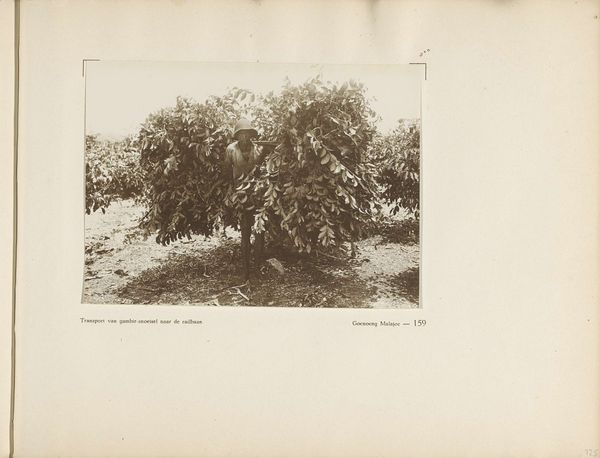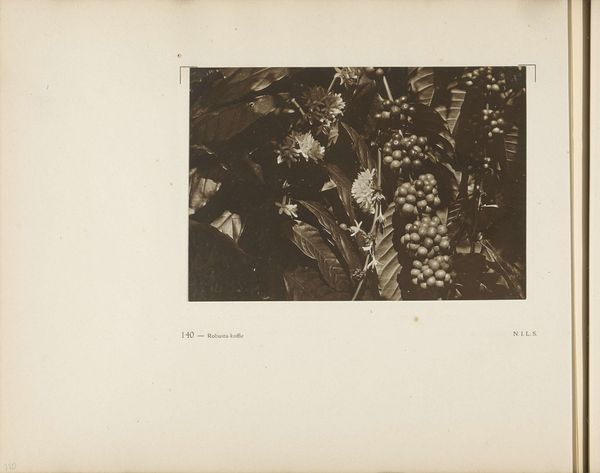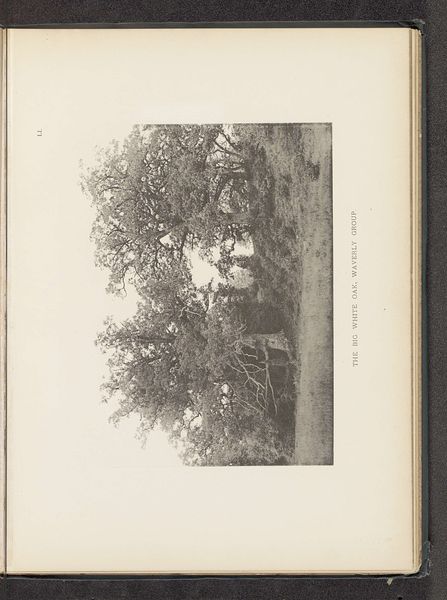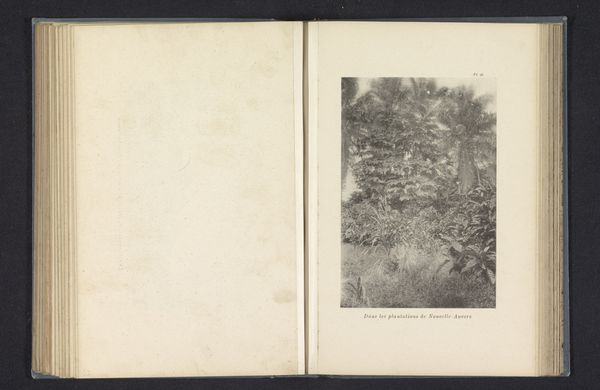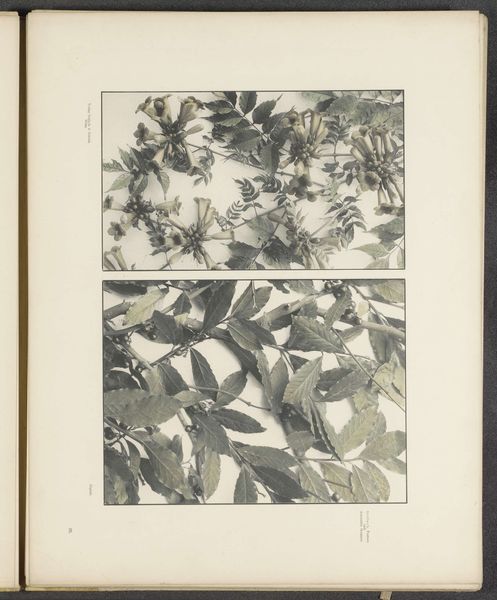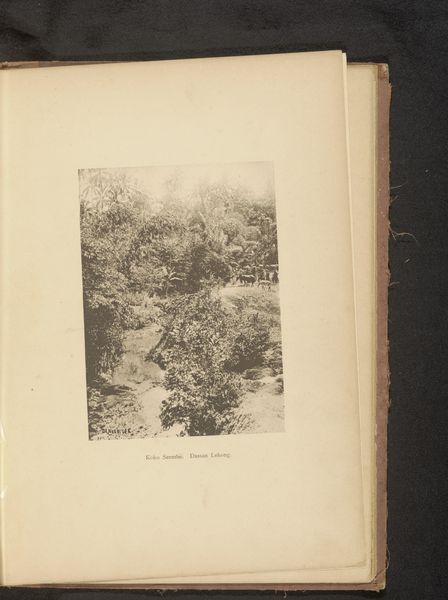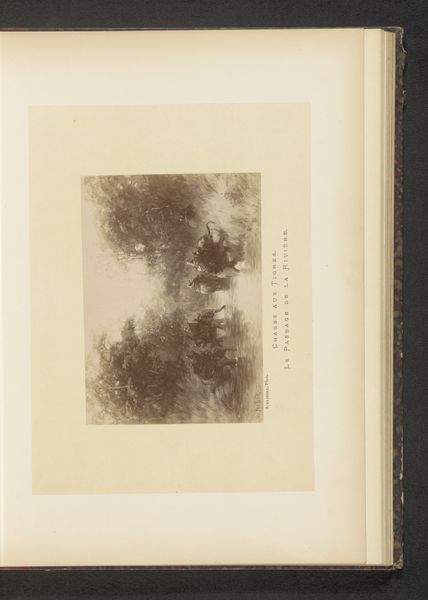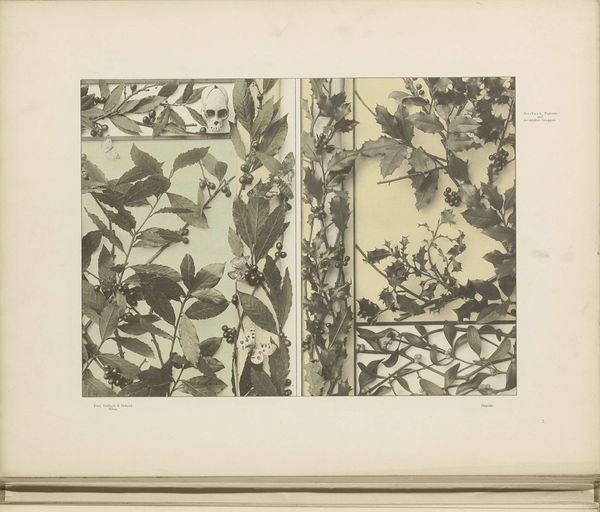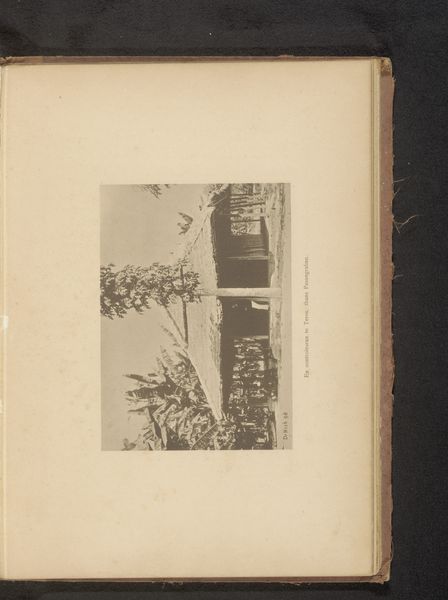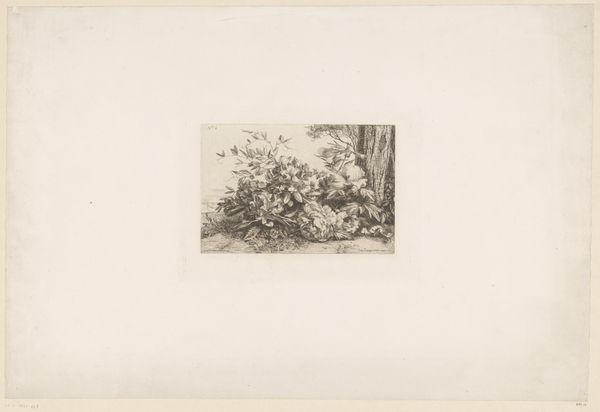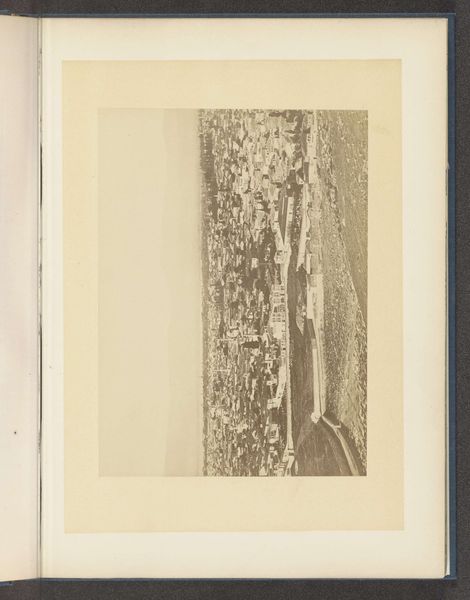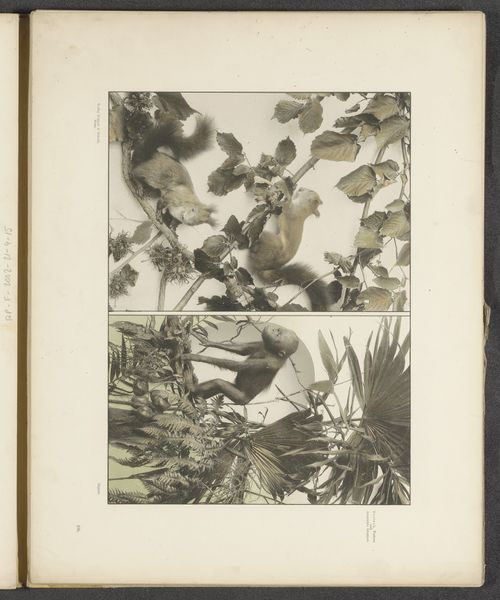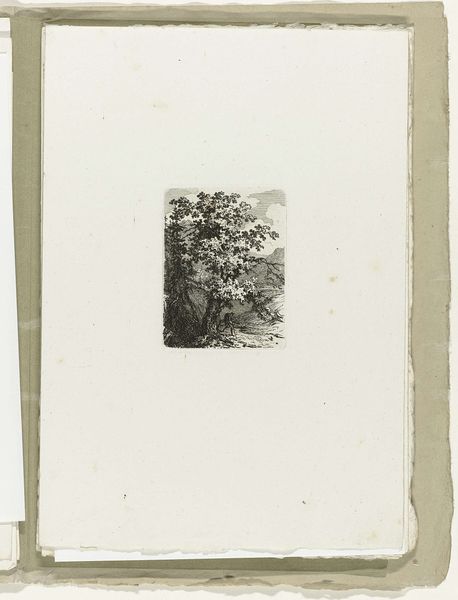
Pagina 142 van fotoboek van de Algemeene Vereeniging van Rubberplanters ter Oostkust van Sumatra (A.V.R.O.S.) c. 1924 - 1925
0:00
0:00
jwmeyster
Rijksmuseum
photography, photomontage
#
portrait
#
photography
#
photomontage
#
orientalism
#
genre-painting
Dimensions: height 240 mm, width 310 mm
Copyright: Rijks Museum: Open Domain
Curator: We are looking at a page from a photo book, “Pagina 142 van fotoboek van de Algemeene Vereeniging van Rubberplanters ter Oostkust van Sumatra,” dating roughly from 1924 to 1925. Editor: There’s an immediate sense of industriousness mixed with a kind of serene timelessness. The textures, the gray scale gradients… the way the leaves create this intricate tapestry behind the figures – it’s striking. Curator: Indeed. This album page, likely by J.W. Meyster, depicts workers at a Liberia-koffieplek – a coffee plantation– in what was then the Dutch East Indies. Given the book's title, it also has connections with the rubber industry there. The women’s posture speaks of effort in this tropical climate, but look closer: It also references established orientalist representations of women in agricultural contexts. Editor: The composition reinforces that orientalist lens you mention. Note how the figures are placed. There’s the central figure climbing a ladder; then there’s an impression of secondary figures further into the vegetation. Curator: Consider how photography functioned during this colonial period: partly to document industrial labor, of course, but also to transmit images of these workers that fit into popular conceptions and cultural frameworks in Europe. The image reinforces power dynamics and racial stereotypes. It would have fed an image of exoticism that would contrast significantly from reality for the depicted individuals. Editor: The framing, and the specific gray tones in the photograph make for a beautiful composition on their own – ignoring, for the moment, the heavy subject matter of colonial labour exploitation. There's something very beautiful and haunting in how it catches the light through the dense foliage. The aesthetic pleasure is undeniably part of the photo, though inextricable from those charged power structures. Curator: Precisely. Those orientalist images played a role in the perpetuation of that oppressive power. Photography from that era does both: create beautiful pictures while maintaining a specific cultural hierarchy. Editor: Right – a difficult nexus to reconcile. Analyzing this image compels one to ponder beauty and its complex relationship to historical truth and ethical implications. Curator: Reflecting on art necessitates acknowledging that complex legacy – the interplay between aesthetics, the symbolic narratives, and underlying cultural implications.
Comments
No comments
Be the first to comment and join the conversation on the ultimate creative platform.
